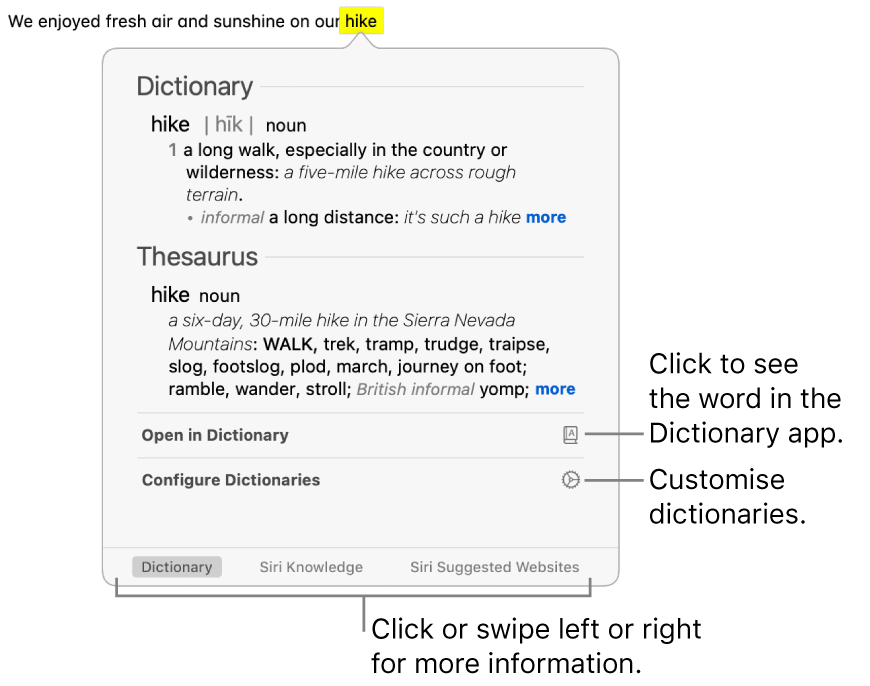

You can put a Windows -only font inside the Fonts folder in the Macintosh version of InDesign and it can use it! For example, you can put instances of multiple master fonts in them and InDesign can read them (even though multiple master fonts are no longer officially supported). The Fonts folder can do other magic, too. I don’t even need to relaunch InDesign it just sees them automatically. Instead, I just make an alias from their fonts folder and place it in my InDesign fonts folder. Even better, you can put an alias (or “shortcut,” or whatever you want to call it) to a folder of fonts and InDesign can see all those fonts!įor example, if someone sends me a document to open, along with their fonts, I do not want to load all their fonts onto my system. If you put a font in that folder, InDesign can almost always see it. It’s located in the same folder as the application itself (along with the plug-ins and presets folders). Most people don’t realize that InDesign has its own Fonts folder. But here’s one trick I always like to try: InDesign’s Fonts folder. There are many possible solutions here, and I invite readers to write in with your experiences. Why is InDesign not recognizing the fonts? I go to the library to check and they are there. When we open up a layout it will tell us the fonts are missing. See the video below and get to know more.We are having trouble with our fonts. When your mind map is complete, click the export button on the Quick Access Toolbar and choose MS Word File. Export Your Mind Map into a Word Document Navigate to the right Page/Topic Format pane, where you can choose to change the theme, layout, connector style of the mind map.ĥ. Tips: you can also insert pictures and add them into shapes. To add marks and clipart to shapes: go to Mark and Clipart panes on the right side of the canvas, there are various marks and clipart, such as priority numbers, flags, resource numbers, etc. To add text to shapes: double-click the shape and type text in the nodes now. You can also select a shape and click the floating button to add a topic or sub-topic. Simply press Insert key to add Main Topic shapes on the canvas. Select Mind Map in Template Categories list and then choose a template. Open a Blank Mind Map Drawing Page/Choose a Built-in Template The powerful export features will help you to create a mind map and effortlessly insert it into a word document.ġ.

EdrawMind runs on all avaliable operating systems, including PC, tablet, mobile, and web. Try EdrawMind - specially-designed for making mind maps. Part 3: Insert a Mind Map into a Word Document EasilyĪs one can see, it’s certainly possible to make a mind map in Word, but it may be difficult to create more complex diagrams due to the limitations of the program. Alternatively, right-click on the shape and select Format Shape on the context menu to open the right Format Shape pane. When the mind map is finished, click on the selected shape (topic or line), and then the Format tab will show on the Ribbon, where you can change the properties of the shape. When you draft out the map and place all the topics, connect them with straight lines or arrow lines to represent relationships between different topics. Now, you can start to create your mind maps by using the shapes in Word. You can use rectangles or circles to represent the central topic and subtopics, and label the shapes with text boxes. Click Shapes to open the collapsed menu that has the basic shapes for making a mind map.

In a new Word document, you can find most of the tools that you will use in the Illustration group on the Insert tab. Step 1: Open MS Word and Select Available Shapes Now, all you have to do is follow the steps below so that you can effortlessly create a mind map in Microsoft Word in minutes. It is also easy for beginners to create simple mind maps with basic shapes and lines. Microsoft Word is equipped with creation and drawing tools that are easy to use and navigate. Part 2: 3 Steps to Create a Mind Map Using Microsoft Word


 0 kommentar(er)
0 kommentar(er)
